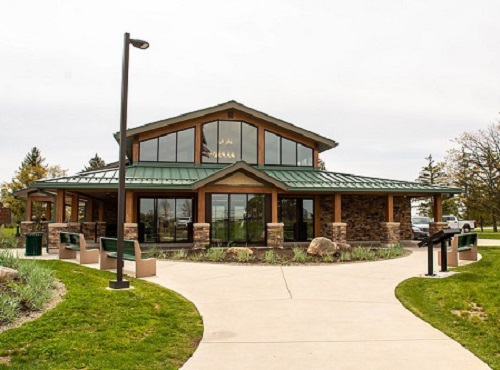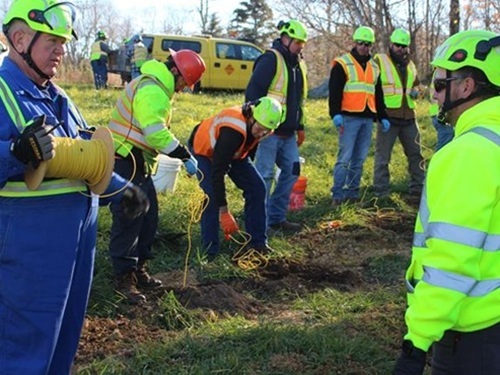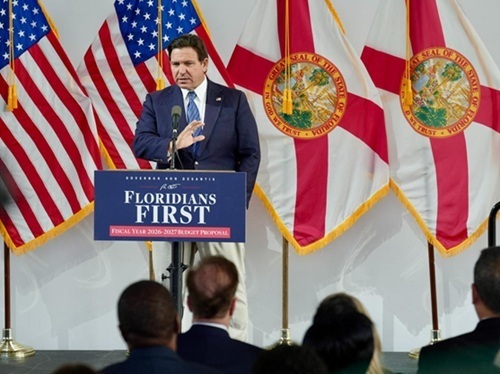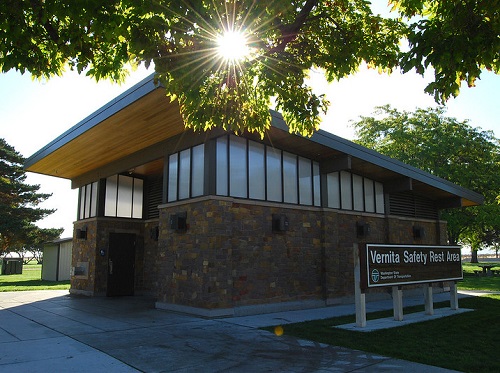The Washington State Department of Transportation recently finalized its 2023 Safety Rest Area Strategic Plan – the first of its kind in about years – that addresses the evolving needs and challenges for sustaining 47 state-owned safety rest areas that currently support 24 million annual users.
[Above photo by WSDOT]
WSDOT noted that this plan illustrates the ways rising operating costs due to increasing usage and declining infrastructure conditions present challenges in keeping safety rest areas open and operational for the traveling public. Since most of Washington State’s safety rest areas were built between 1967 and 1974, WSDOT said they are not designed to meet current demand for usage, commercial truck parking, and traveler safety concerns.
“[We] will use this plan as a guide for future decisions and legislative requests with a focus on safety, financially sustainable operations, traveler experience, truck parking and resilience,” said WSDOT Maintenance and Operations Director Pasco Bakotich in a statement.
Several state departments of transportation from around the country have recently undertaken similar reviews of their highway rest area networks.

In May, Governor Mike DeWine (R), the Ohio Department of Transportation, and the Ohio Department of Development unveiled a plan to replace and upgrade rest area buildings situated along state highways over the next four years.
The plans calls for the construction of 33 new rest areas throughout the state by the end of 2026, with dozens of other Ohio rest area facilities getting upgrades, which includes providing them with native landscaping and displaying regional tourism information within their structures.
[In a related effort, the governor recently highlighted a new partnership between the RecoveryOhio initiative, Ohio DOT, and the Ohio Department of Health’s Project DAWN – short for “Deaths Avoided With Naloxone” – to install Naloxone overdose treatment kits, known as “Naloxboxes,” at rest areas statewide.]
In October, the Iowa Department of Transportation began highlighting its “next generation” highway rest areas; one of which doubles as a museum of Native American culture. The agency said each of its “next generation” rest areas features a specific “theme” to help travelers learn more about what makes Iowa unique.
 States
States
NCDOT Staff Participate in ‘Explosive’ Technical Training
December 19, 2025 States
States

